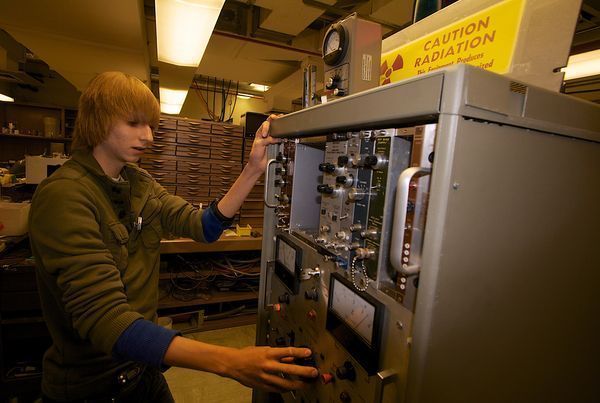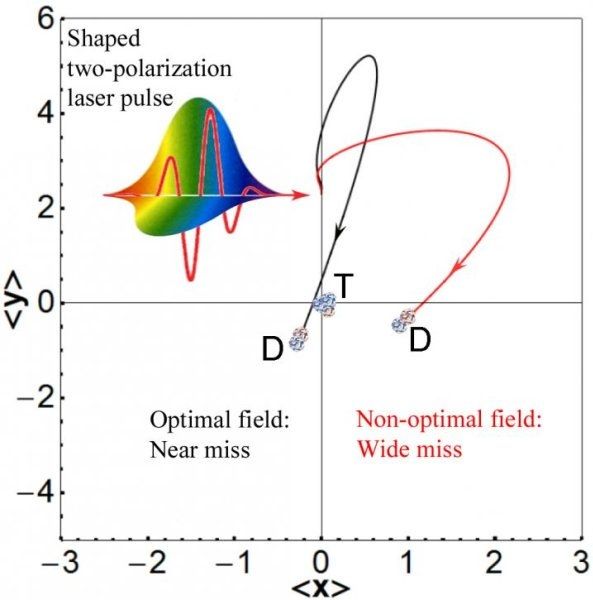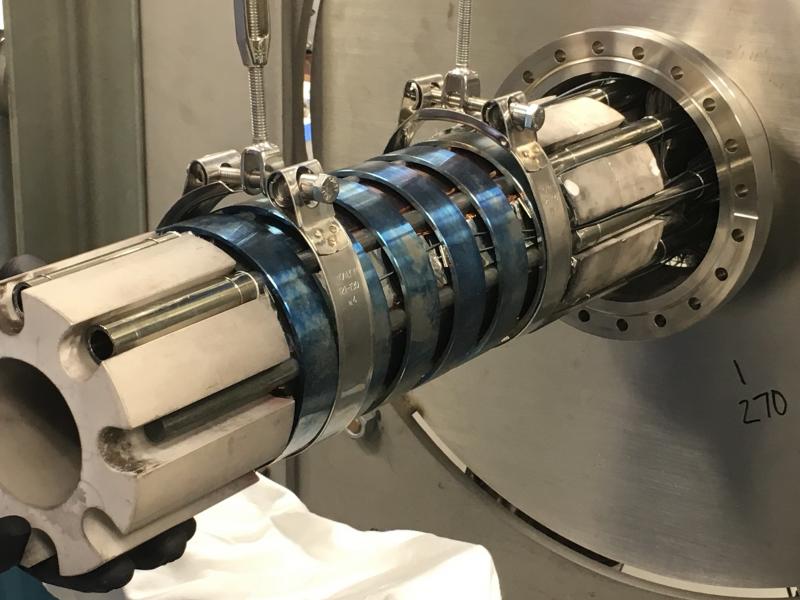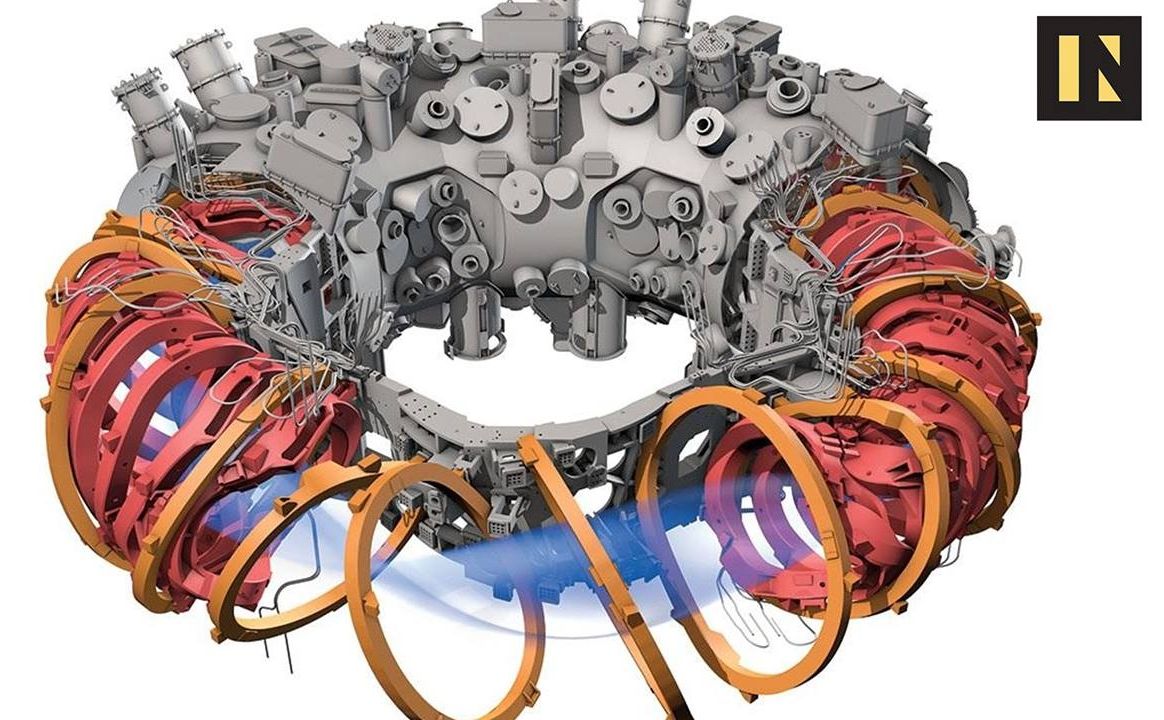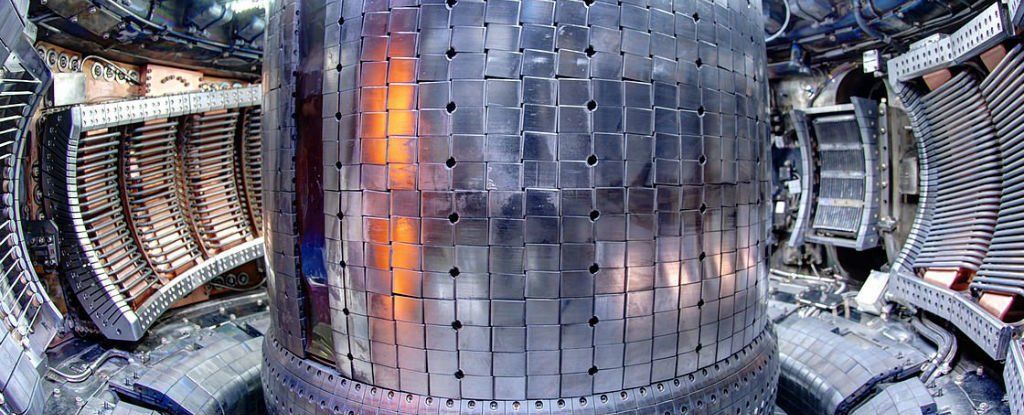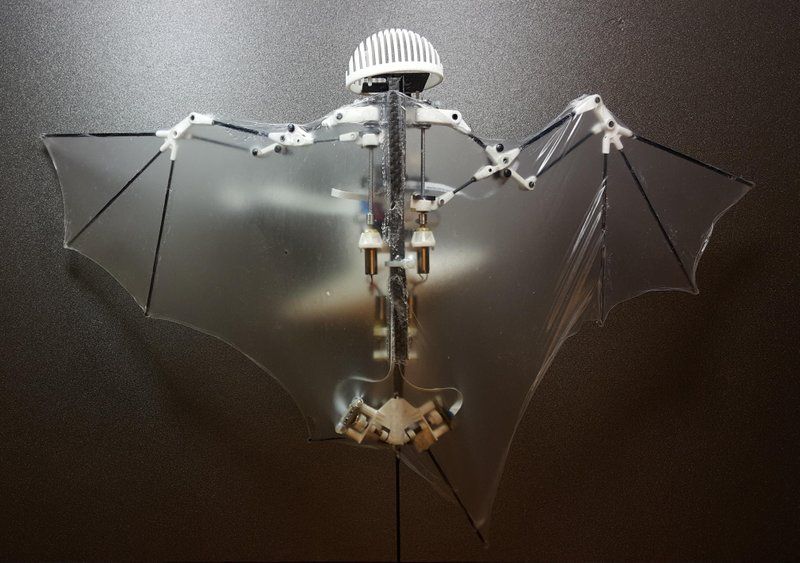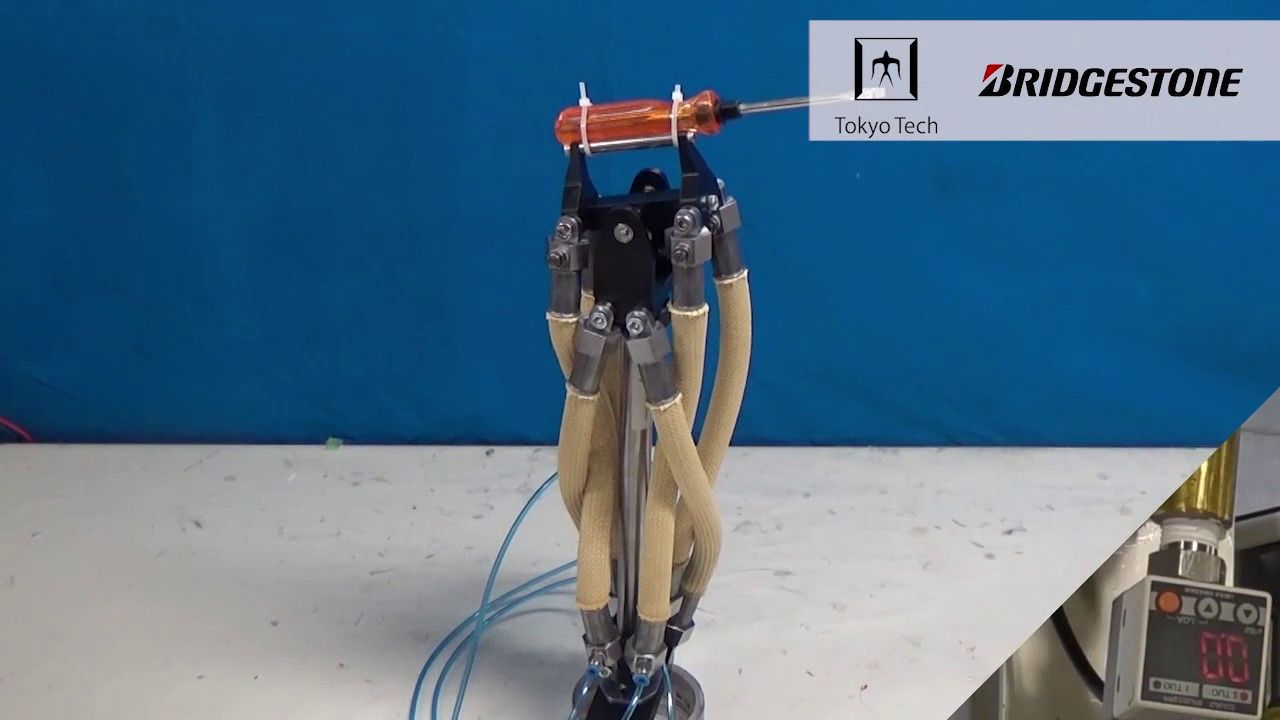Apr 23, 2017
Britain powered 24 hours without coal for first time in 135 years in ‘watershed moment’
Posted by Dan Kummer in category: nuclear energy
The UK’s first 24 hours without using coal as part of its energy mix has been hailed “a watershed” moment.
For the first time since the industrial revolution, the country fulfilled all of its energy needs without using coal for a full day. It is bound to happen more frequently, the National Grid said.
Around half of energy came from natural gas and about a quarter came from nuclear plants, according to Grid Watch. Wind, biomass and imported energy made up the difference.


